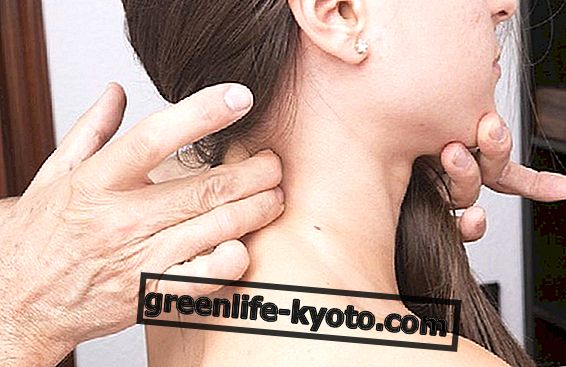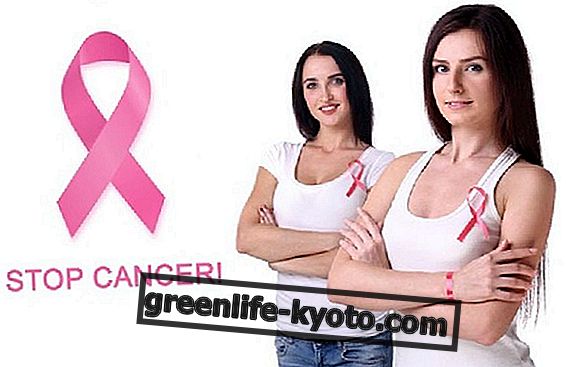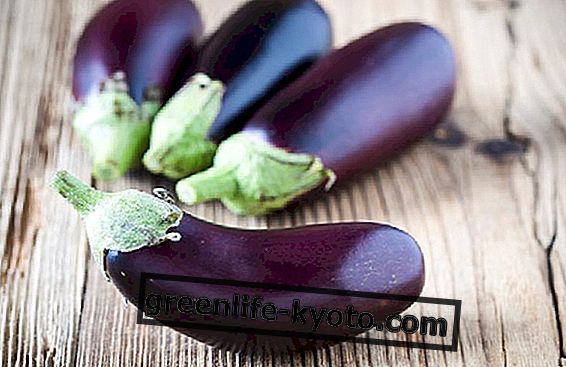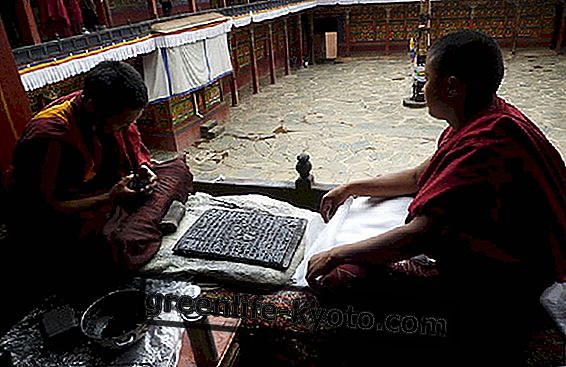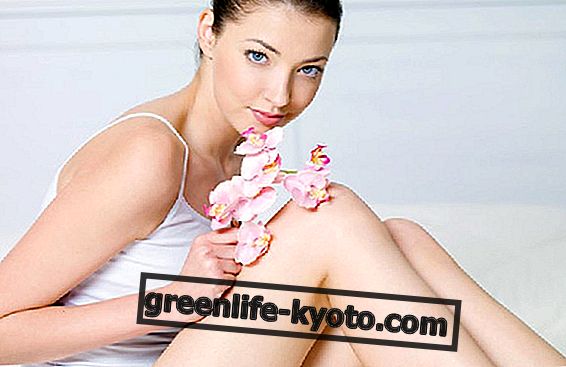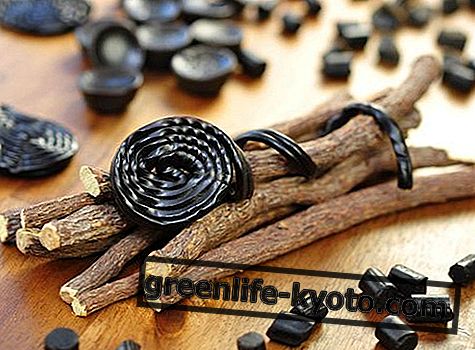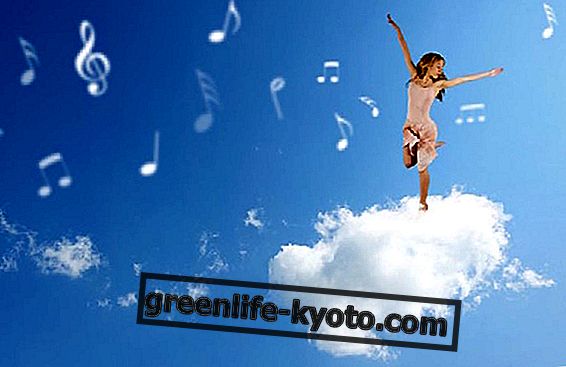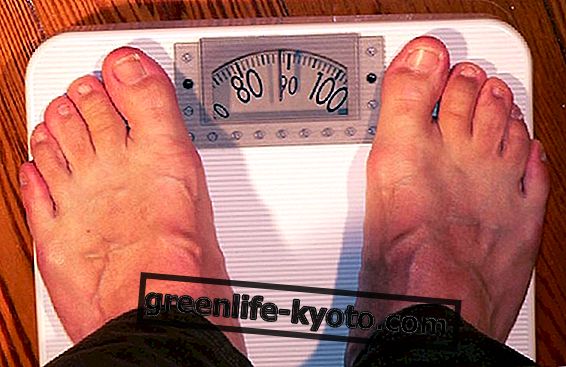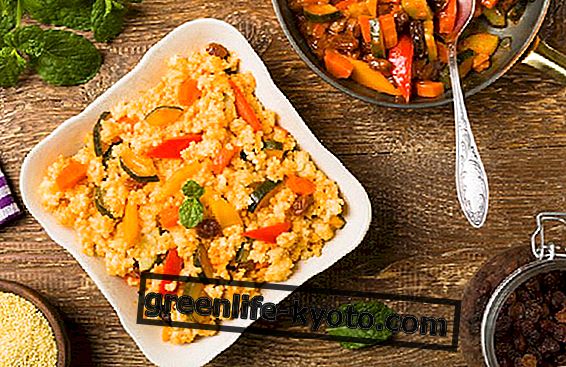Chinese Tui Na massage is a technique that helps to relax muscles, improve the performance of the bone system and eliminate stress . Let's find out better.

The technique of Chinese massage Tui Na
The Chinese Tui Na massage is an integral part of the traditional Chinese medicine system, which means that the treatment passes through the insertion of needles, acupuncture, the regulation of the feeding according to the cycle of the seasons, the practice called moxibustion, the complex of therapeutic herbs and manipulation through the hands.
The Chinese Tui Na localized massage can be easily taught to the patient to give continuity to a treatment that includes, for example, the use of herbs and acupuncture, and to be able to intervene in urgent cases. The techniques used in these cases are very close to acupressure, micromassage and self-massage.
The classic Tui Na instead is performed by an expert, who uses various forms of manipulation, traction, kneading, rubbing and has as its objective the general well-being of the person.
The variant of the Chinese massage Tui Na is the Chinese massage An-Mo, which differs from the purely medical purpose, includes various forms of manipulation, traction, kneading, rubbing and has as its objective the general well-being of the person. The difference between the two techniques dates back more than two thousand years ago, when Chinese massage was called An-Mo, and applied widely in medical settings. " An " means to press and " Mo " means to massage .
Since then it has been used both for medical purposes and as a form of relaxation. In 1949 the Chinese government officially recognized the medical benefits of the massage and renamed it Tui-Na, where " Tui " means to push and " Na " means to grab . Tui-Na was officially incorporated into Traditional Chinese Medicine (TCM) as a medical therapy.
The seat
The tools of the Tui Na massage operator are the fingers, hands and elbows that are used in a slow and delicate rhythm of "push-to-grab", in a set of maneuvers that involve over forty types of different mobilizations to rebalance the "qi" or "chi": vital energy.
Benefits and contraindications of Chinese massage Tui Na
The Chinese Tui Na massage relaxes the muscles, improves the performance of the bone system and joints, benefits the cardio vascular system and the lymphatic system, tones the skin, eliminates stress, acts positively on the nervous / mental system, prevents worsening or prolonged states of anxiety.
It is best to avoid undergoing a Tui Na session in the hours before meals, on an over-filled stomach, if you have taken alcohol or if the level of tiredness is excessive.
Curiosity
Did you know that in traditional Chinese medicine from the outside you can act on the inside ? According to Chinese medicine the health of the individual is the result of the energetic balance between Yin and Yang, between Qi and Blood, between Organs and Viscera.
This balance is obtained with the help of the system of the main and secondary meridians, which connect the interior, of a Yin nature, with the outside, of a Yang nature. Through the connections existing between the skin and the meridian system, the massage can also have an effect on the internal organs and go to work for a general energy balance.
Find out also
> Tui na pediatrico for infantile sleep disorders
> Tuina pediatrico, interview with Elisa Rossi
